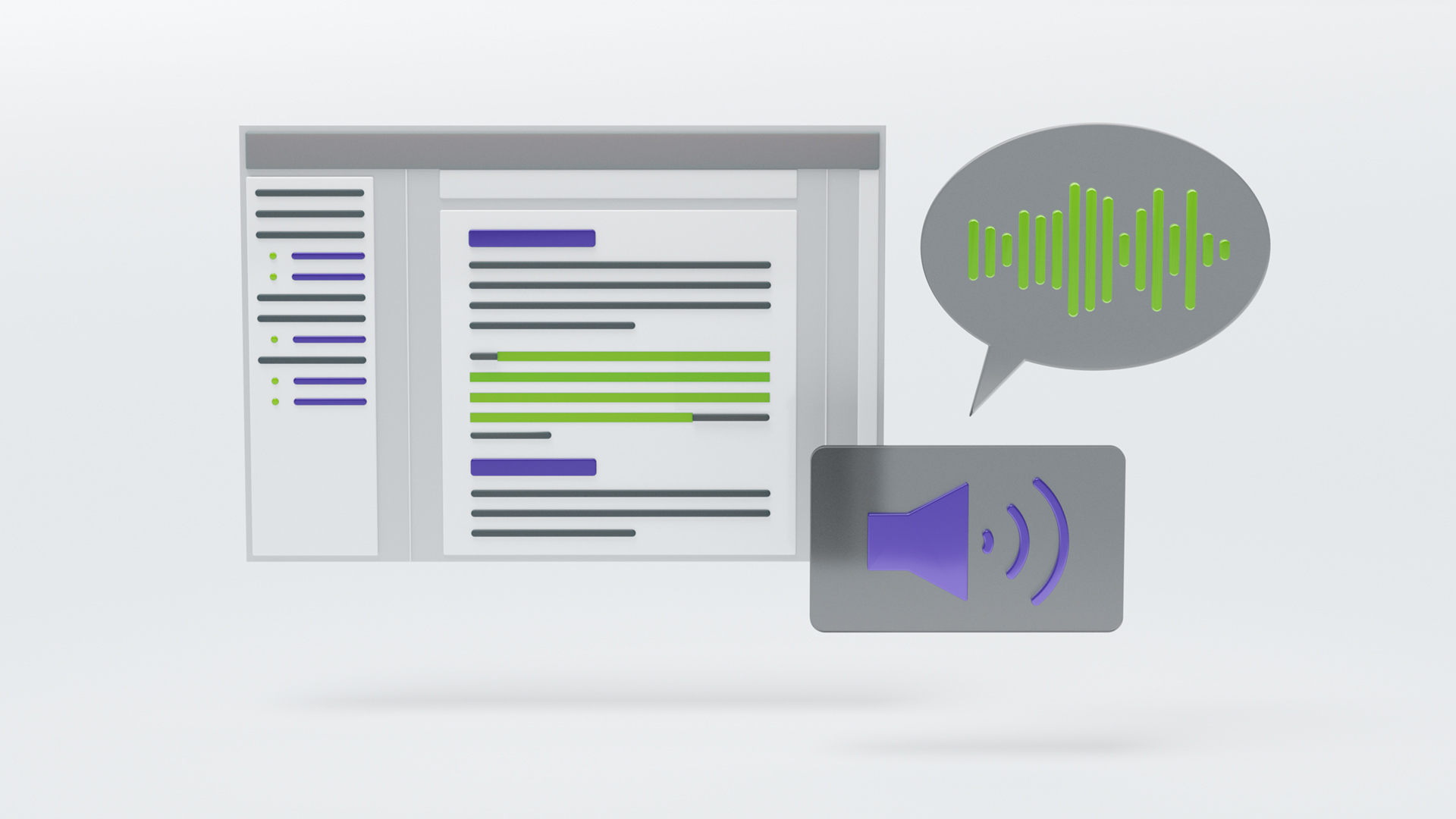Blog
Enhancing Multilingual Human-Like Speech and Voice Cloning with NVIDIA Riva TTS

Enhancing Multilingual Human-Like Speech and Voice Cloning with NVIDIA Riva TTS
In an increasingly interconnected world, the demand for advanced speech technologies is rapidly growing. NVIDIA Riva Text-to-Speech (TTS) stands at the forefront of this evolution, providing developers with a powerful toolkit for creating human-like speech and voice cloning capabilities across multiple languages. This article delves into the features and benefits of NVIDIA Riva TTS, demonstrating how it enhances the multilingual speech landscape and transforms user interactions.
Understanding NVIDIA Riva TTS
NVIDIA Riva TTS is an advanced speech synthesis framework designed to produce realistic and expressive speech. Built on deep learning technologies, Riva leverages cutting-edge artificial intelligence (AI) models to generate voices that are indistinguishable from real human speech. Its ability to support multiple languages makes it ideal for businesses and developers targeting diverse audiences.
Key Features
-
High-Quality Voice Output
Riva TTS employs neural network architectures that result in high-fidelity audio output. The voices generated by Riva TTS are not only clear but also rich in emotion and intonation, closely mimicking human speech patterns. This quality is essential for any application requiring engaging user interactions, whether in virtual assistants, customer service, or educational tools. -
Multilingual Support
One of the standout features of NVIDIA Riva TTS is its robust multilingual capabilities. The system can generate speech in various languages, making it a versatile solution for global enterprises. This feature allows developers to create applications that can reach audiences across different linguistic backgrounds, ensuring inclusivity and accessibility. -
Customizability
Riva TTS offers extensive options for customization. Developers can adjust parameters such as speed, pitch, and intonation to suit specific application requirements. This level of customization ensures that the generated speech aligns with brand identity and resonates with the target audience. - Real-Time Performance
Speed is crucial in many applications, and Riva TTS excels in delivering real-time speech generation. This capability is particularly beneficial for interactive applications, enabling dynamic responses that enhance user experience.
The Importance of Human-Like Speech
The evolution of speech synthesis technology has significantly altered how users engage with digital platforms. Human-like speech enhances user experience by making interactions more relatable and intuitive. Here are some key reasons why this technology is essential:
-
Increased Engagement
Users are more likely to interact with applications that offer natural and relatable voices. By using human-like speech, businesses can foster a more engaging environment that encourages repeat usage. -
Improved Accessibility
AI-driven speech synthesis can significantly enhance accessibility for individuals with visual impairments or reading difficulties. By converting text into natural-sounding speech, Riva TTS helps bridge communication gaps, allowing everyone to benefit from technology. - Brand Connection
A distinct voice can strengthen brand identity. Custom voices created using Riva TTS can encapsulate a brand’s personality, making it more memorable to users.
Use Cases for Riva TTS
Numerous industries can leverage the capabilities of Riva TTS to enhance their services. Here are some notable use cases:
1. Customer Support
By deploying AI-driven voices in customer support systems, businesses can provide quick and efficient responses to user queries. Riva TTS can create distinct voices for different departments, making interactions feel personalized and professional.
2. E-Learning Platforms
The education sector can greatly benefit from Riva TTS. By employing lifelike speech in educational software, learners can receive information in an engaging manner, making complex subjects more approachable.
3. Virtual Assistants
Voice-enabled virtual assistants can enhance user interactions through Riva TTS. By providing human-like responses, these applications can offer information and assistance in ways that feel more intuitive and friendly.
4. Media and Entertainment
In the fields of media and entertainment, Riva TTS can be used to create voiceovers for videos, audiobooks, and even video games. This saves time and resources while maintaining high-quality output.
Integrating Riva TTS into Your Applications
Integrating NVIDIA Riva TTS into existing systems is streamlined and straightforward. Developers can access a comprehensive set of APIs and SDKs designed to facilitate smooth implementation. Here are the steps to consider:
-
System Requirements
Ensure that the hardware and software environments meet the necessary specifications to run Riva TTS effectively. -
API Integration
Utilize the provided APIs to connect Riva TTS with your application. The documentation provided by NVIDIA offers detailed guidance to make integration as smooth as possible. -
Customization and Testing
Leverage Riva TTS’s customization features to tailor the voice output to your specific needs. It’s essential to test the system thoroughly to ensure high performance and user satisfaction. - Deployment and Monitoring
Once integrated, deploy the voice solution and monitor its performance. Collect user feedback to make any necessary adjustments, optimizing the experience continuously.
The Future of Speech Synthesis
The landscape of speech synthesis is rapidly advancing, with AI and machine learning driving innovations. As technologies like NVIDIA Riva TTS continue to evolve, we can expect even more realistic and expressive speech capabilities. The implications for consumer interaction, accessibility, and engagement will be profound.
Conclusion
NVIDIA Riva TTS is revolutionizing the world of speech synthesis with its ability to create human-like voices capable of communicating in multiple languages. By enhancing user engagement, improving accessibility, and allowing for brand differentiation, Riva TTS stands out as a key player in the speech technology landscape. As businesses continue to explore applications that harness the power of AI-driven speech, the future looks promising for both developers and users alike. Embracing this technology today can pave the way for greater interactivity and connection in the digital age.
